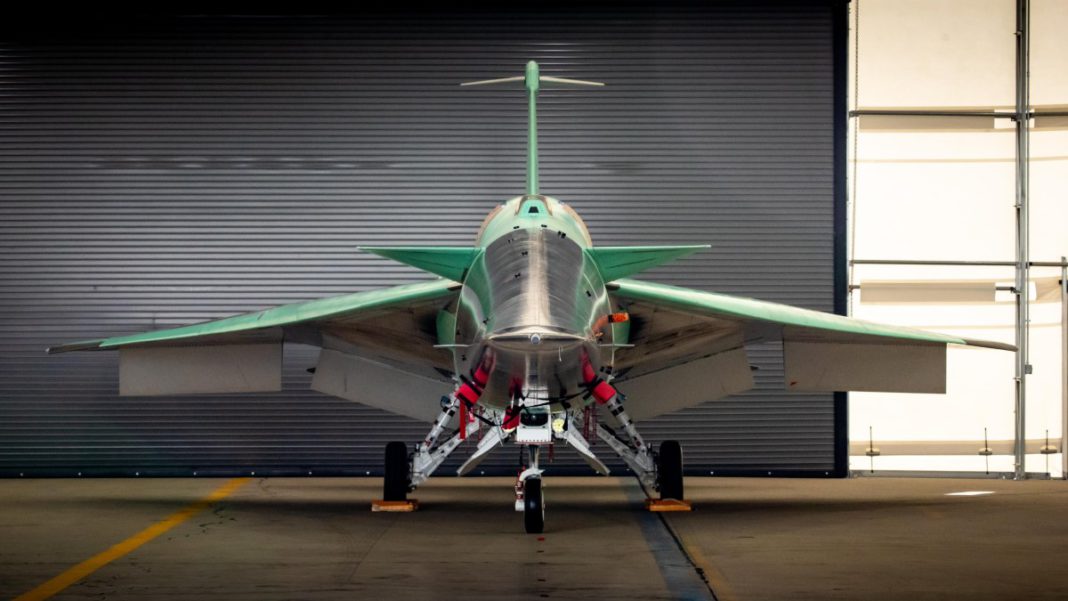UNITED STATES: Excitement is building as NASA’s supersonic plane, the X-59, edges closer to its highly anticipated debut flight. Recent photos reveal the aircraft parked on the flight line at Lockheed Martin’s Skunk Works facility in Palmdale, California, marking a significant milestone in its preparation for takeoff.
The X-59, part of NASA’s Quesst mission, aims to revolutionize supersonic flight by eliminating the disruptive sonic booms associated with such aircraft. The ground tests following this crucial step will ensure the X-59’s safety and readiness for flight.
The primary objective of the Quesst mission is to demonstrate that the X-59 can achieve speeds faster than the sound barrier (Mach 1) without generating the loud sonic booms typically associated with supersonic planes.
NASA plans to fly the X-59 over several communities to gather data on human responses to the sound generated during supersonic flight.
By delivering this comprehensive dataset to U.S. and international regulators, NASA aims to pave the way for potential commercial supersonic flight over land.
Unlike previous generations of supersonic aircraft that rattled windows and caused disturbances, NASA has designed the X-59 to produce only a gentle thump, similar to the sound of a nearby car door slamming, for those on the ground.
This noise reduction breakthrough could lead to new sound-based regulations for supersonic flight over land, potentially revolutionizing commercial cargo and passenger air travel. Throughout the ground and initial flight tests, the X-59 will remain stationed near the runway at Lockheed Martin’s facility.
The aircraft measures 99.7 feet in length and 29.5 feet in width and is powered by a single jet engine manufactured by General Electric Aviation. Capable of reaching a speed of Mach 1.4 (925 mph) at an altitude of 55,000 feet (16,764 meters), the X-59 promises remarkable performance.
If everything proceeds according to plan, the X-59 will take flight over select U.S. cities starting in 2024. This unique opportunity will allow residents to share their responses to the aircraft’s sound profile, providing invaluable data for analysis.
In 2027, when the Quesst mission concludes, the collected information will be shared with American and international regulators, potentially paving the way for the future of quiet supersonic travel.
As anticipation builds for this groundbreaking aircraft, aviation enthusiasts and industry professionals eagerly await the dawn of a new era in supersonic flight.
The X-59 represents NASA’s dedication to advancing aeronautical technologies and shaping the future of aviation by making supersonic travel more accessible, efficient, and environmentally friendly.
Also Read: NASA Unveils AI Assistant for Astronauts to Communicate with Spacecraft



